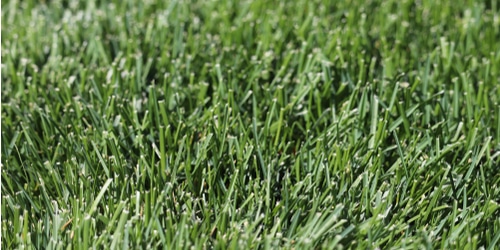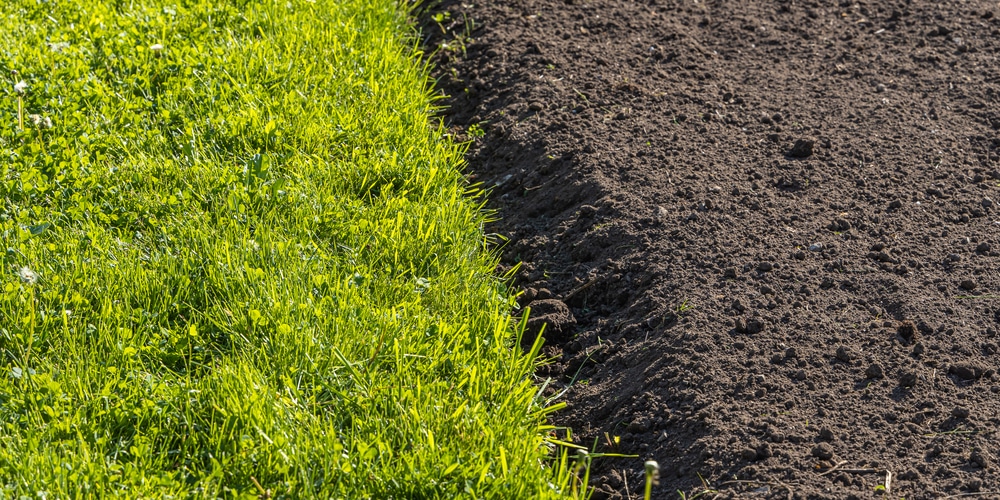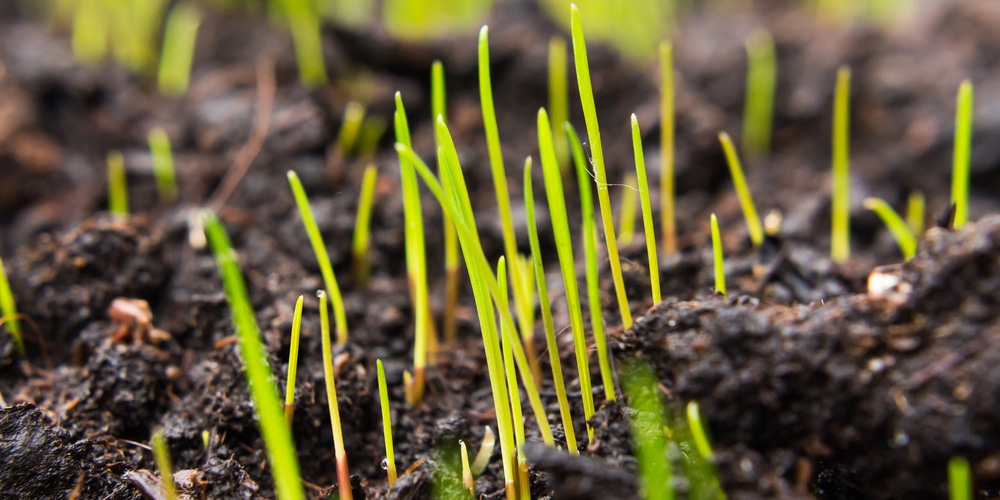Kentucky bluegrass is probably one of the best-known cool-season grasses. Its rich emerald to blue-green color coupled with its medium to fine texture creates a high-quality, dense lawn. How fast kentucky bluegrass will spread is going to mostly depend on the time of year.
It’s beautiful to look at and is comfortable for bare feet. So, if you’re looking to plant a new yard or add to your current lawn, Kentucky bluegrass is the ideal choice for cool-season lawns.
Why Is the Kentucky Bluegrass Popular?
Besides forming a dense and attractive turf, here’s why Kentucky bluegrass is popular in different lawns:
Self-spreading: Kentucky bluegrass is the only cool-seasoned grass that grows through self-spreading. This allows it to thicken your lawn in a way that other grasses cannot.
Can easily survive damage: The Kentucky bluegrass rhizomes grow underground and hence help ensure the plant’s survival. Even when the grass is removed or damaged at the ground level, bluegrass grows back due to the underground growth of nodes on the rhizomes.
Weather tolerant: Compared to other cool-season grass, Kentucky bluegrass has better cold tolerance. It withstands extreme cold weather that usually damages ryegrass and fescue.
Shade tolerance: Kentucky bluegrass thrives in full sun, but some of its varieties do well in lightly shaded zones. You should check the seed tag label for instructions, including shade or sun and shade mixes.
Does Kentucky Bluegrass Spread Faster than Other Grasses?
Before seeding bluegrass in your lawn, you need to know how fast it spreads. Under the ideal conditions, a Kentucky bluegrass seed can grow to cover over one square foot in one single growing season.
When established, the grass can fill damaged zones up to 24 inches in diameter. That means it has the fastest ability to spread and fill the lawn of any cool-season turf.
The reason Kentucky bluegrass spreads faster than others is that it sends out rhizomes in spring and summer. Every rhizome has nodes that are few inches apart. Each node forms the new grass plant and sends out its own rhizomes and blades, creating a thick sod lawn.
How Long Does It Take For Kentucky bluegrass To Germinate?
While Kentucky bluegrass spreads quickly, it germinates more slowly than other cool-seasoned grasses. Typically, Kentucky bluegrass seed will sprout in two weeks. That means varieties such as ryegrass and fescue germinate in one-third the time of Kentucky bluegrass. So, be patient after planting, water the newly seeded bluegrass until it starts to take root. Once it sprouts, the grass will spread to fill your lawn in no time.
How to Ensure Kentucky Bluegrass Spreads
You can encourage the Kentucky bluegrass to spread faster by following these tips:
Prepare the lawn properly:
If you’re planting a bare patch of lawn, ensure that you prepare the ground properly.
Cover the seed lightly and keep the soil moist until they start sprouting. This will increase the germination rates.
Note that the more seedlings sprout, the faster the Kentucky bluegrass will spread.
- Water the seedlings: Provide 1-inch of water per week to the established grass and increase to 2 inches in temperatures above 24℃ or 75℉. Remember that Kentucky bluegrass has a shallow root system that isn’t drought tolerant and hence will go dormant without enough moisture.
- Fertilize the lawn: Typically, the Kentucky bluegrass requires about 5 pounds of nitrogen per 1000 square feet every year. So, you should apply nitrogen fertilizer 2-4 times throughout the growing season to maximize its spread.
- Practice proper mowing: You should mow the Kentucky bluegrass at the height of 2.5-3 inches. Mowing at this height will cause its blade to leaf out quickly and therefore lead to a beautifully dense lawn.
- Control pests and diseases: While Kentucky bluegrass isn’t highly susceptible, you should monitor your lawn to ensure pests such as billbugs and white grubs or diseases such as leaf spot, rust, or brown patch. This ensures that you address the issue before they damage your Kentucky bluegrass lawn and impede spread.
Please note:
Similar to other cool-season grasses, Kentucky bluegrass grows significantly slower during the hot months. Extreme heat causes the grass to go dormant. But, it can recover easily with irrigation or when weather conditions return to normal.
Since the grass spreads and repairs from foot and vehicle traffic quickly, Kentucky bluegrass is a common choice for high-traffic lawns, golf courses, and sports fields.
Bottom Line
For most people, Kentucky bluegrass is synonymous with the perfect lawn. When grown in its preferred conditions and given proper care, the grass produces a lush, dense, and long-lasting lawn that lives up to its reputation.


